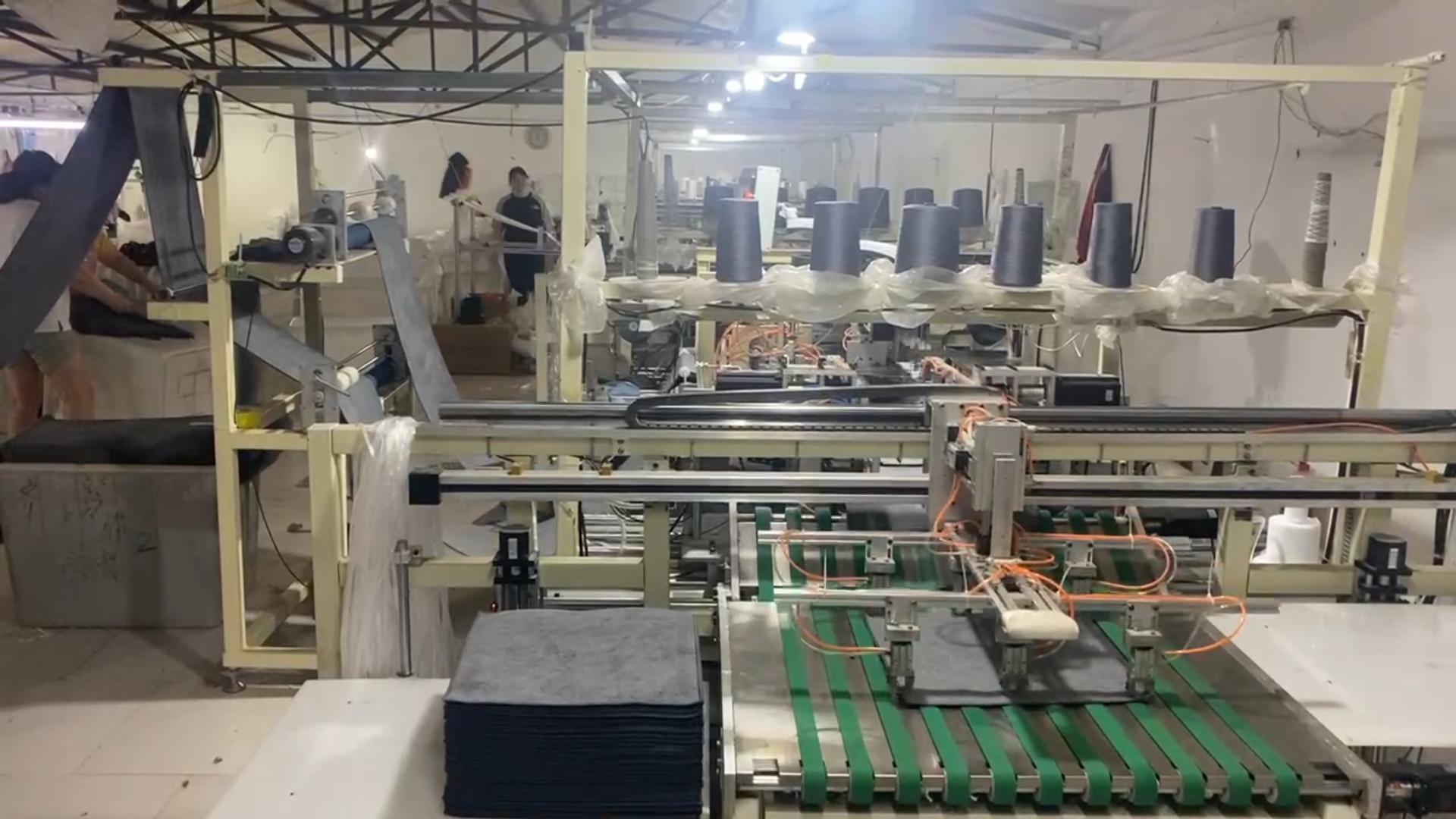1. Spinning
Raw material preparation: Choose suitable raw materials, such as pure cotton, bamboo fiber, microfiber, etc.
Spinning: Process the raw materials into yarn through a spinning machine. During the spinning process, the raw materials are combed and stretched into long and thin fiber bundles, and then twisted to form yarn.
2. Weaving
Plain weaving: The most basic weaving method, the warp and weft yarns are interwoven to form a flat structure.
Jacquard weaving: Through complex weaving technology, a pattern or pattern is formed on the surface of the towel.
Warp knitting: Use a warp knitting machine to weave the yarn horizontally to form a towel with elasticity and three-dimensionality.
Weft knitting: Use a weft knitting machine to weave the yarn longitudinally to form a soft and elastic towel.
3. Dyeing and printing
Dyeing: Dye the woven towel fabric to give the towel the desired color.
Printing: Use a printing machine to print patterns or text on the surface of the towel to increase the aesthetics.

4. Finishing
Softening: Use a softener to treat the towel to make it softer.
Setting treatment: Through the heat setting process, the towel is kept in the required shape and size.
Antistatic treatment: Add antistatic agent to reduce the generation of static electricity.
Antibacterial treatment: Use antibacterial agent to treat the towel to increase its antibacterial properties.
5. Cutting and sewing
Cutting: Cut the towel fabric according to the required size and shape.
Sewing: Use sewing equipment to sew the cut fabric to prevent unthreading.
6. Post-processing
Washing: Wash the towel to remove floating color and residue on the surface.
Drying: Dry the washed towel to ensure it is dry.
Ironing: Iron the towel to make it flat and wrinkle-free.
7. Quality inspection
Appearance inspection: Check the appearance of the towel to ensure there is no color difference, stains, or damage.
Size inspection: Measure the size of the towel to ensure that it meets the standard.
Performance test: Test the performance indicators of the towel such as water absorption, abrasion resistance, and color fastness.
8. Packaging
Folding: Fold the qualified towels as required.
Packaging: Use plastic bags, paper boxes and other materials to package towels to ensure that they are not damaged during transportation.
Special process
Sanding treatment: Mechanical friction forms short pile on the surface of the towel to increase softness and warmth.
Flocking treatment: Adhere short fibers to the surface of the towel to form a fluffy surface to increase touch and beauty.
Embroidery: Embroidery is performed on the surface of the towel to increase decorativeness and personalization.
Embossing: Various patterns are pressed on the surface of the towel through a mold to increase the three-dimensional sense and beauty.
Through these different processes, towels of various uses and styles can be produced to meet the needs of different consumers.
Post time: Oct-22-2024

